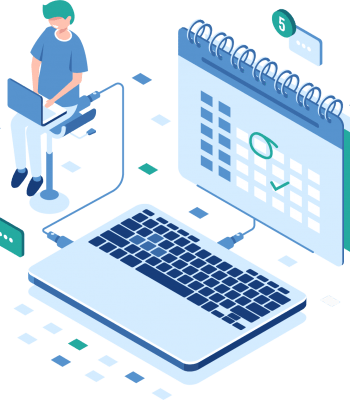

Even though businesses all over the world took a hit in the COVID era, the innovative cloud solutions remain untouched. According to Gartner, end-user spending on public cloud services will reach $396 billion by the end of 2021—and grow by 21.7% to reach $482 billion in 2022.
The economic, organizational, and societal impact of the pandemic will continue to serve as a catalyst for digital innovation and adoption of cloud services,” said Henrique Cecci, senior research director at Gartner. “
Security of B2B SaaS Applications
As the use of cloud-based SaaS applications increases every passing day, so do the concerns over its security aspects. Hundreds of thousands of users rely on these SaaS solutions for their day-to-day operations and cyber attacks on these applications could possibly bring down all the other dependent businesses all at once. Thus, a breach of a SaaS application is no more seen as a security risk but as a business risk.
Imagine, G Suite service by Google getting interrupted by a DoS attack? It could bring the operations of millions of businesses worldwide to a standstill.
A DoS attack, a resentful employee, malware, a brute force attack, and many other such organized attacks could potentially bring down your startup SaaS in minutes. It, therefore, becomes extremely critical to implement security measures within the application to prevent as many of these attacks and disruptions as possible.
Benefits of Securing SaaS Applications
The Principles for Responsible Investment (PRI) and the United Nations Environment Programme Finance Initiative (UNEP FI) emphasized and clarified in the environmental, social, and governance (ESG) policy that investors must ensure in the due diligence phase of funding rounds that the SaaS companies have a proper information security plan in place which is attested by a third party authority.
Investors are therefore requesting GDPR adherence and SOC-2 attestations as security governance standards for SaaS companies to do business in the modern economy.
If a SaaS startup management takes cyber security and security threats seriously and has a robust information security plan in place to prevent their product from getting compromised, then their chances of acquiring VC funding increases manifold compared to a company that has no plan in place.
All in all, no investor wants to invest in a company that does not take cybersecurity and governance seriously. With government regulators stepping up oversight protocols and Limited Partners facing a fiduciary duty of responsible investing, the burden falls on the enterprise executive team to implement a robust ESG-principled cybersecurity program.
Unique Security Requirements For Cloud Applications
Cloud computing has definitely been a boon for many companies saving them thousands of dollars in infrastructure costs. With the flexibility of being able to scale up and down in minutes, many companies can utilize these services without committing to an expensive long contract. And the best part is that it doesn’t even need any installation or maintenance fees. It’s just one low monthly cost so you don’t have to worry about any hidden costs when things are tight financially.
But as simple as cloud services might sound to be, there has to be ample thought invested into securing these cloud applications, especially because of the sheer number of people using them at one time.
Following are some of the security requirements that must be considered when developing cloud applications.
- Protection from data theft
- Identity and access management.
- Malicious insider theft or misuse of data
- Denial of service attacks.
- Brute force attacks.
- Maintaining regulatory compliance.
- Encryption of data
- Monitor and prevention of attacks.
- Physical security of server resources.
Security Measures in SaaS Applications
Considering the innovation and growth of SaaS companies in the future and the benefits that a thorough information security plan offers in the growth of a SaaS startup, it is important to ensure that they are developed keeping the best cyber security strategies in mind and in design.
It is for this reason that we list down the top 3 Cyber Security Strategies that will help secure these SaaS cloud services.
Strategy # 1: Periodic Audits
Each organization is unique and so are its risks and issues. The threat landscape changes on a continuous basis and therefore a process of periodically auditing your systems, applications, infrastructure, tools, technologies becomes critical. As they say, knowing the problem is being one step closer to the solution.
You could have the best security plan in place but if you are not vigilant to outside threats and internal vulnerabilities, it is as good as handing yourself over to the invisible enemy.
On the contrary, regular audits will expose those risks that you didn’t know existed in your ecosystem. Identifying these risks, analyzing them, prioritizing them, and addressing them will provide a holistic cover to your organization, your cloud assets, and your overall infrastructure.
Strategy # 2: Allocated Budget
Many SaaS Startups are reactive to security breach incidents instead of being proactive in anticipating them and creating a security cover against those vulnerabilities to protect your digital assets and infrastructure. The outcome of the reactive approach is spoiled reputation, loss of trust among customers, and of course loss of customers and revenue.
Instead of fixing the problem when it arises, a better approach for SaaS startups could be to allocate funds in advance for ensuring the security and protection of their SaaS applications and digital assets.
Consider the case study of Infinity Insurance Company
Number Of Individuals Impacted: 5.72 Million
Infinity Insurance Company revealed in March that there had been brief, unauthorized access to files on servers in the Infinity network on two days in December 2020. Infinity conducted a comprehensive review of the files saved to the servers that were accessed and found that some Social Security numbers or driver‘s license numbers were contained in the files.
This breach also affected current or former Infinity employees, where the exposed information included employees‘ names, Social Security numbers, and/or in limited cases medical information in connection with medical leave or workers compensation claims. Impacted employees and customers will receive a complimentary one-year credit monitoring service membership.
To reduce the risk of a similar breach in the future, Infinity said it’s continuing to review its cybersecurity program and will use information from the investigation to identify additional measures to further enhance the security of its network. “We understand the importance of protecting personal information and we sincerely apologize for the inconvenience,” the company wrote in a letter to employees.
So, instead of a band-aid solution, later on, it makes a lot of sense to invest early on in security practices that will prevent you as a startup from being in the spot for the wrong reasons.
Strategy # 3: Cloud Security Posture Management (CSPM)
A recent survey conducted reported that 36% of the companies surveyed experienced data breach incidents in the last 12 months. Most estimated that their losses from the breach fell between $0 and $250,000. Here is the percentage distribution of companies and the losses they incurred because of the breach.
$0k to 50k: 19.67%
$50k to $100k: 19.67%
$100k to $250k: 19.67%
$250k to $500k: 15.85%
$500k to $1M: 10.93%
$1M to $5M: 3.28%
$5M to $10M: 3.28%
$10M+: 7.65%
It is important for the organization to know the cloud security posture and improve upon it. This is not a one-time activity as the threats keep evolving every single day. SaaS applications also undergo version updates either in the form of major/minor releases or bug fixes. The network and security-related configuration may also change. These updates and changes might leave applications vulnerable to new attacks.
So, the security posture needs to be assessed on a continuous basis.
The cloud is accessible to the internet, so the vulnerabilities if any are known to the entire world and are highly susceptible. The Mean Time To Remediate (MTTR) is also key. The auto capability will reduce the window of opportunity for the attackers. For example, if an S3 bucket exposure is identified, it can automatically block public access.
Secognize DeRisk Center – CSPM is a Holistic, Automated, and Continuous Cloud Risk Management (CRM) product which evaluates the business risk for an organization resulting from its cloud services, workloads, misconfigurations, and vulnerabilities. Its automated and data-driven approach enables organizations to achieve an acceptable risk level by prioritizing and automating remediation.
Click here to know more about it.
Conclusion
All in all, your SaaS application and your startup can be safe and secure only when you are proactive rather than reactive. Anyone can put incident response measures in place and bring back a compromised system but only a few can actually anticipate what can go wrong and put security measures in place to ensure that no amount of DoS attacks or any other cyber security threat can violate your digital infrastructure, assets, and applications.
We can help in this regard. To audit your current infrastructure and know about some critical gaps in your SaaS environment, we invite you to click on this link and book a one-to-one call with us. We would be happy to run a few tests and check for vulnerabilities in your infrastructure.
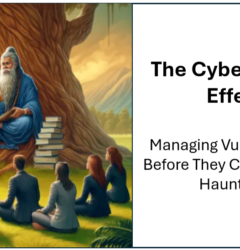
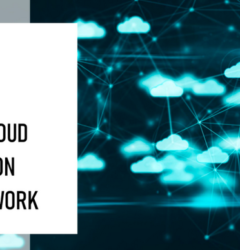

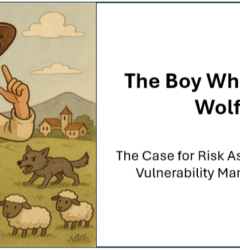

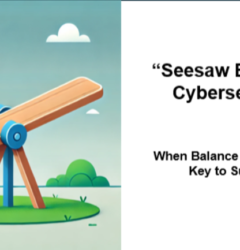
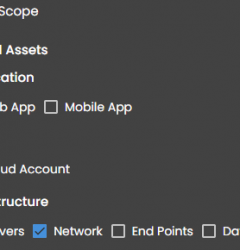

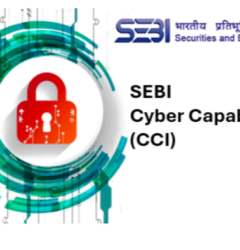





Recent Comments